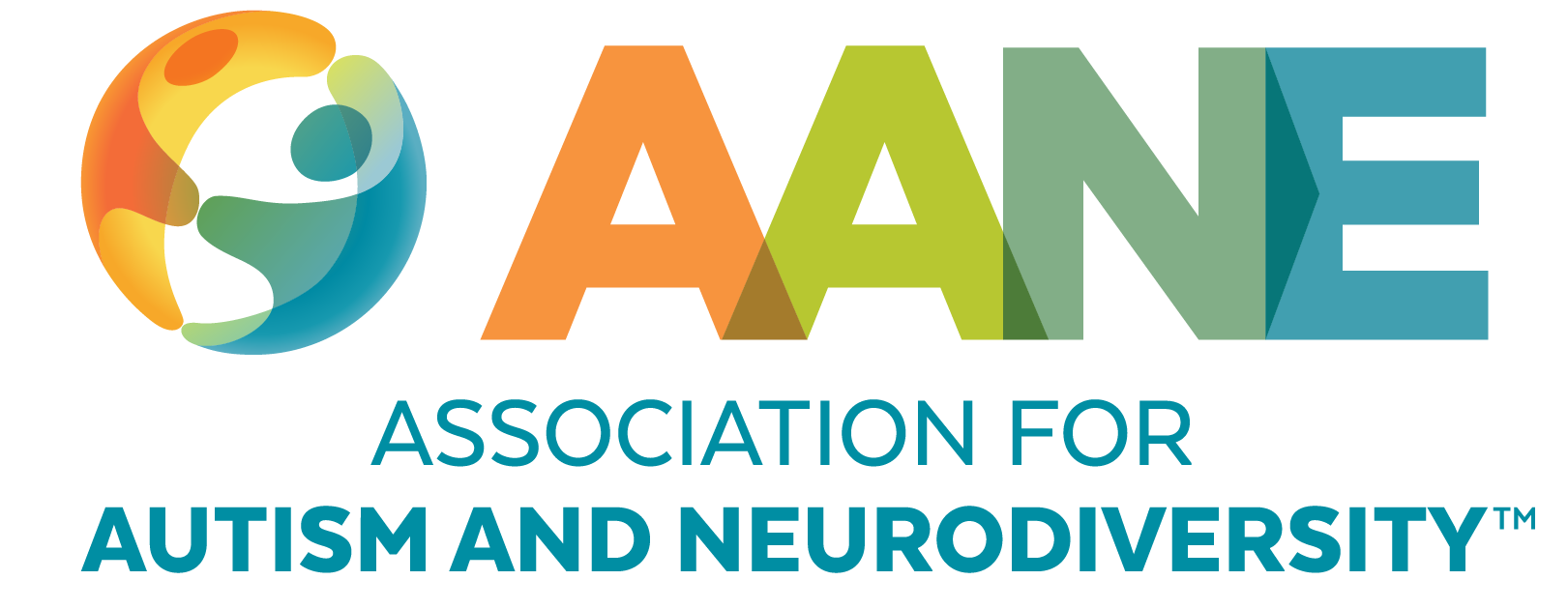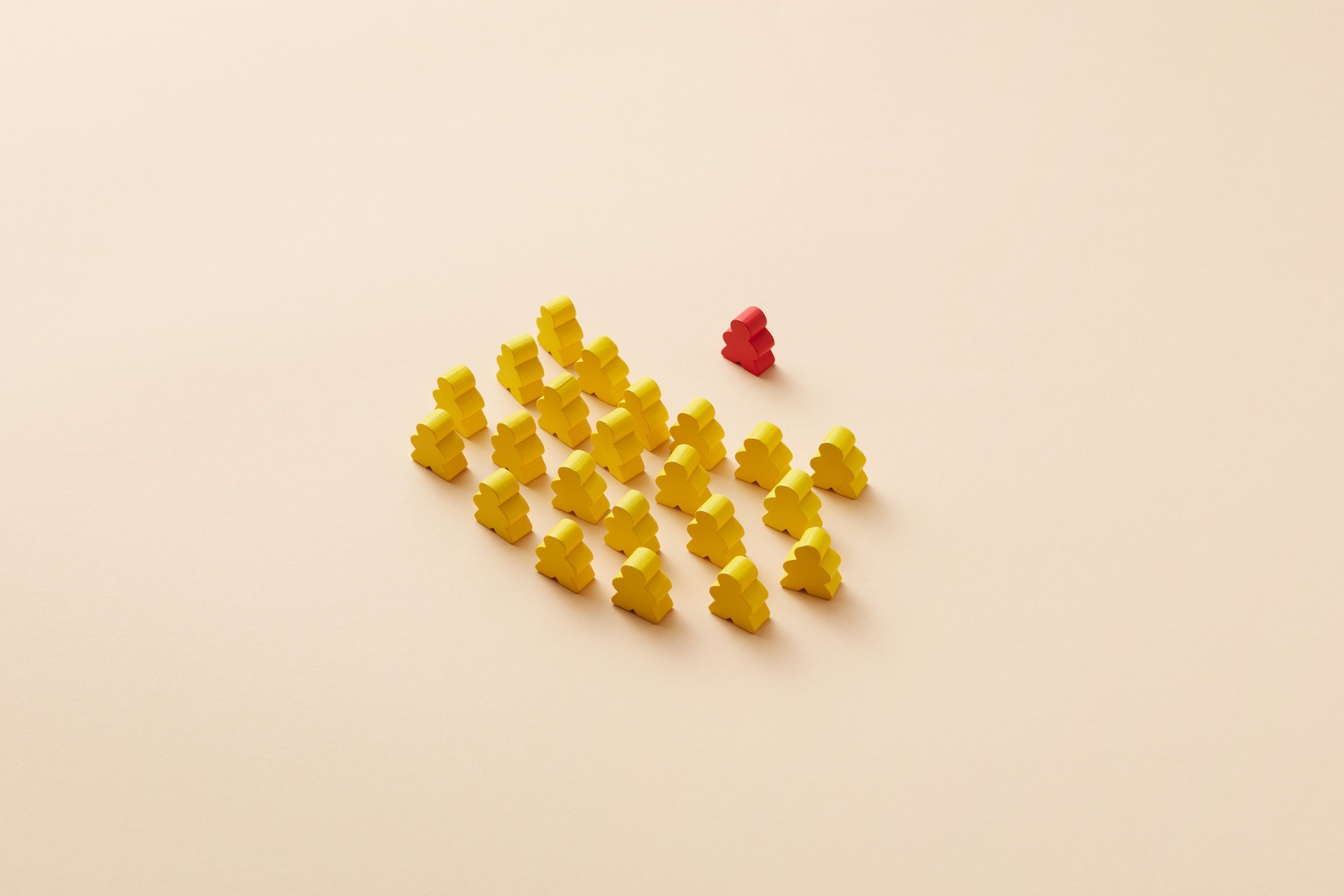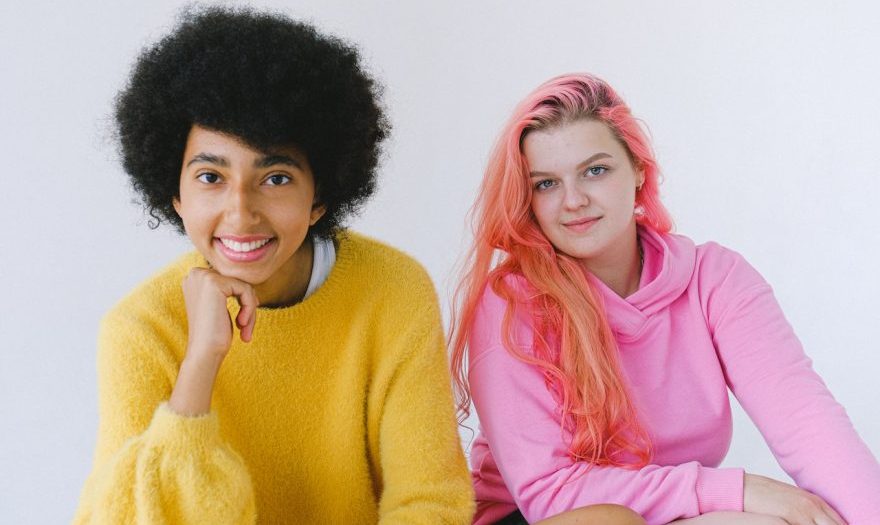
Supporting Friendships
About the Author
Amanda Bailey is an AANE support specialist and a COPAA and Massachusetts PTI-trained educational advocate. She is the neurodivergent parent of two Autistic children.

Regardless of age or neurotype, the friendship-making process can be stated rather simply:
Step 1: Find other people who like the same things you do.
Step 2: Show up again and again and again.
Putting this into practice is more difficult. Caregivers in the AANE parent support groups often express concerns about their children making and keeping friends. Many worry that their kids will be misunderstood, teased, and excluded. Others have children or teens who have struggled for a while with bullying and isolation.
Below are some suggestions for how to create opportunities for friendships to emerge. These tips start from the assumption that your child or teen is hoping to make more friends. Sometimes school demands may be causing social exhaustion. Anxiety may need to be addressed first to help your child be more at ease in social situations. Follow their lead.
Leverage strengths, interests, and the known. When children and teens engage in activities where they have a degree of mastery or expertise, anxiety may diminish. Invite a peer to trial a class where your child is already enrolled. That said, no one needs to be an expert in a topic or activity; shared curiosity will also allow them to connect meaningfully and authentically. You may try previewing a new activity with your child or teen by going as a family first so they can comfortably participate with a peer later. Contextual familiarity frees up more bandwidth to engage.
Use local resources. Youth theater groups have many ways for children and teens to get involved, on stage, behind the scenes, or managing the house. Libraries can be a huge asset, with free programming set in a quiet space. Small groups are easily tailored to like-minded peers. If your child is big on building, consider a drop-in Lego hour at the library instead of a Lego-based social skills group. Local rec departments may offer interest-based groups or classes as well. Caregiver advocacy is sometimes required to make these happen. Program directors aren’t aware of the demand unless we make specific requests. You may be surprised at how receptive people are to meeting community needs. Asking that the school create an interest group or club is another option. Staff may be able to identify likely matches and assist with establishing connections.
Become the inviters. This involves being willing to take risks. While not everyone will accept an overture every time, my family has slowly built up a small group of friends for our kids through Marvel movies, pizza and game nights, video games, flashlight tag, and trips to the arcade or escape room. When extending invitations to our home or activities we’ve organized, we ask parents about any accommodations that would help their children be more relaxed to allow them to have a good time. This modelling paid off when a recent birthday invitation my child received reflected this language.
Embrace all kinds of minds, including your child’s. Sometimes parents or guardians, particularly of newly-diagnosed children, are eager to have their kids learn to mimic non-autistic traits or mask their autism. Masking can lead to increased anxiety, depression, and burnout. True friendships are come-as-you-are, not loaded with an unfair expectation for one person to bear the responsibility for every aspect of a conversation. Non-autistic folks have just as much to learn about autistic communication as the other way around. This is also known as the double empathy problem.
Increasingly, parents contacting AANE are hoping to find ways to connect their children and teens with autistic peers. A summer camp for autistic kids has been helpful for our family to make those ties. Our child emails and chats online with camp friends all year long. There are often camperships and financial assistance available. Some families have also been able to find peers local to them through AANE’s Google groups.
Be flexible. Same-age peers aren’t always the best fit as friends. My sixth grader thrives with older students who share his passion for Dungeons and Dragons and welcome his depth of knowledge about the game. More mature interests like Victorian literature or various hard sciences may result in friendships forming with people far older. Other children may gravitate to those slightly younger.
One of my children, when lobbying for more screentime, reminded me, “You want me to be social, don’t you?” The children and teens who have come of age during COVID-19 are adept at connecting online in real time, often out of necessity. A friendship online is as valid as one in person. Online social networks also alleviate some of the stress that may be involved with in-person interactions, like interpreting body language or facial expressions.
Teach ways to cultivate understanding and make repairs—in both directions. Encourage your child or teen to ask for what they need in an interaction, whether more time, information, or clarity. Asking “Hold on–what did you mean?” is self-advocacy. Stating “I need more details” can tamp down anxiety. “I’m looking at something else, but I’m listening” may be helpful to share with someone unfamiliar interacting with autistic people for whom eye contact is uncomfortable. Also spend time working on how to recognize when an apology may be required on either side of a relationship. How to issue a true apology and receive one graciously (including “Thanks, but I need more time”) is important.
Remember to be patient. Quality of friendship matters far more than quantity! Developing meaningful, reciprocal relationships will take a while for anyone, autistic or not. The AANE staff are here to help you brainstorm and troubleshoot along the way, whether through a brief information and resource call, longer parent coaching session, or IEP review.
*Stories about Amanda’s children are shared with their permission.
References
The Arc of Massachusetts. Making Friends With and Without Disabilities in School: A Toolkit for Teachers, Paraprofessionals, and Parents, 2017.
Zamzow, Rachel. “Double empathy, explained.” Spectrum, July 22, 2021.
Stay Current
Subscribe for AANE weekly emails, monthly news, updates, and more!




